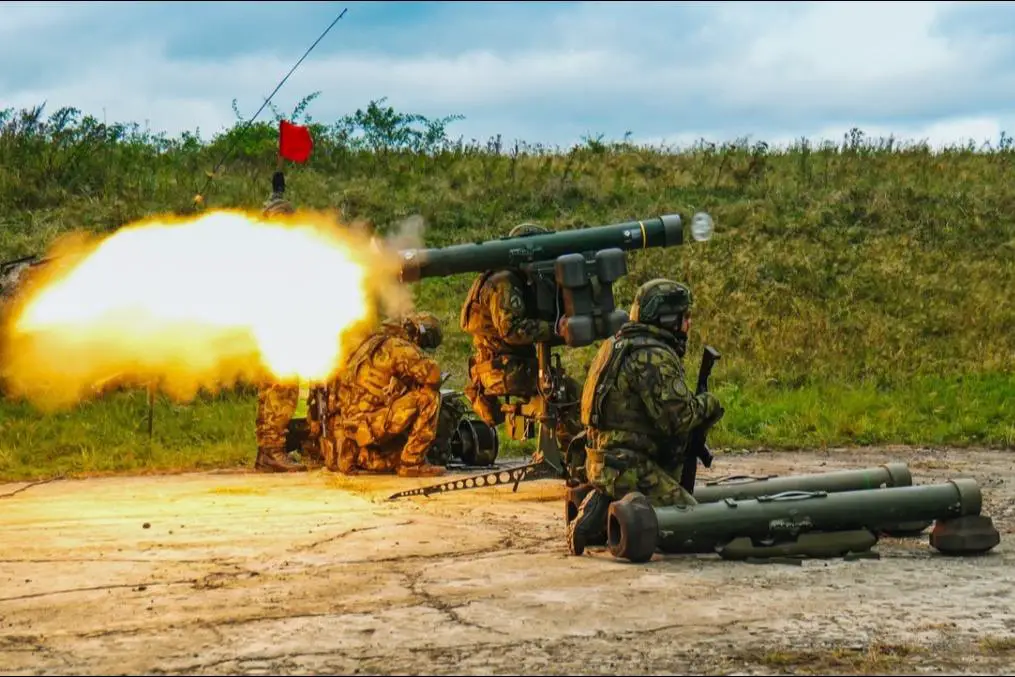Three NATO Allies – Czechia, Latvia and Slovakia – conducted live firing training in mid-September combining their air defense capabilities including night live fires during the multinational exercise Tobruq Arrows 2024. Participants used a complex target set-up to hone their acquisition and interception skills. While Czech and Latvian air defense missile crews operated the RBS-70 and RBS-70NG weapon systems to engage an unmanned aerial vehicle towing a target sleeve, their Slovak colleagues trained their man-portable infrared homing IGLA systems against flares. The exercise involved both day and night live firing and participants proved their capability in this field. Torbruq Arrows culminated in the live fire exercise which exposes the air defense crews to a challenging task.
“The exercise derived from the primary mission of our Air Defence Missile Battalion is to provide direct support of land units against airborne threats. Under the tactical exercise scenario of Tobruq Arrows, air defence units deployed to three firing positions from where they engaged enemy aircraft and cruise missiles as well as combat or surveillance drones. Only live firing allows us to verify the readiness of our personnel and their ability to effectively engage targets. The operators only experience these critical moments when they guide the missile flying at a speed of up to Mach 2 onto the target during live fires,” said the battalion commander Lieutenant Colonel Petr Řezníček.

“We are training more and more often with helicopter units, because mobility turns to be key in contemporary conflicts. The air defence missile systems we use in this exercise can quickly and effectively deploy even in rugged terrain, engage the opponent’s assets and then relocate quickly. While we have frequently train with our Slovak colleagues, Tobruq Arrows was an opportunity to build and train a combined Czech-Latvian unit under Czech command. This helped us mutually to harmonise our operating procedures enhancing our readiness to defend our airspace together,” explained Lieutenant Colonel Řezníček.
The Exercise Tobruq Arrows 2024 also verified the data flow and command and control system from the battalion to unit command posts all the way to individual fire elements. While operators are able to practice diverse firing tasks in a simulated trainer environment, a real missile launch including the stress situation related to it can only be created in a live environment. During Tobruq Arrows, the air defense crews practiced airlift of their systems in Czech Air Force Mi-17 helicopters. Through exercises like Tobruq Arrows, Czechia, Latvia, and Slovakia continue to build on their interoperability and strengthen their ability to respond to modern airborne threats, underscoring NATO’s collective commitment to defense and security.













